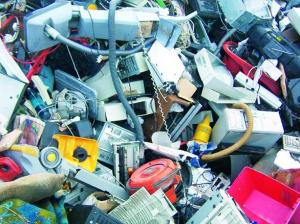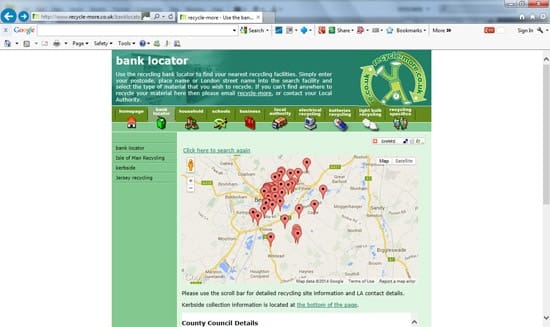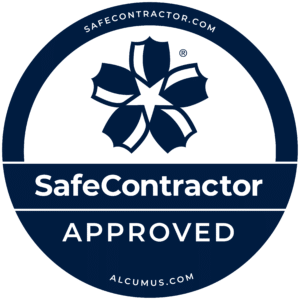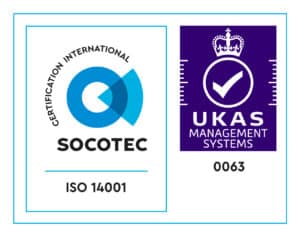
The Christmas period brings a boost in consumer spending on items for the home, including electrical equipment. The latest technology and gadgets always top the must have items to give as presents. With new items entering the home, the chances are the old, redundant or broken items will need to be recycled. As an electrical waste recycling company we often get phone calls from domestic customers with one off broken items, unsure of what to do with their WEEE. Unfortunately we cannot provide a collection service for such small quantities, so what can you do with your electrical waste recycling?
Firstly, let’s look at the different types of electrical waste you could be generating from the home. Items such as hair dryers, kettles, computers, toasters and other kitchen items are classed as Small Domestic Appliances or SDA. This type of electrical waste will probably be the most common type of electrical waste you will generate. " They don’t make them like they used to ", so expect to recycle broken SDA from your household. This type of electrical waste mainly is non hazardous in type, but may contain batteries. These batteries will be removed and treated as part of the recycling process so you do not have to remove these separately.
Another type of electrical waste generated from the home are larger electrical items such as TVs , fridges, washing machines etc. The hazardous components from a fridge or television require specialist treatment compared to that of SDA. These larger items usually have a longer life span, but when they break or get replaced they are less easy to transport for recycling.
The last type of electrical waste to consider that your home may generate are batteries and light bulbs. As with any electrical waste these items should not be placed into your general waste/rubbish bin. These items contain hazardous materials that can pollute and harm the environment without proper treatment.
Whatever the size or type of electrical equipment you have to recycle from your home you may have a few options. The best place to start is with your local authority or council as they will manage the recycling from your home. Local recycling facilities will offer an array of different recycling services with most accepting electrical waste. Recycling facilities will often separate out SDA, fridges, TVs and batteries and bulbs into separate containers prior to treatment. There are also smaller recycling banks across the country, often at supermarkets, village halls or places of public interest.
You can also search to find your local recycling facility on the Recycle More website. Here you can simply enter in your postcode to search for your local recycling banks and drop off recycling centres. Pictured below is what we found when entering our own postcode, showing bank locations, addresses and contact details for nearby recycling centres. The site is easy to use and includes very helpful advice on recycling all types of materials.

Large appliances that you cannot transport easily, such as fridges, can often be collected by your local authority or council. They may charge a small fee for the collection as they often require a two man collection team in order to safely remove the item. Rest assured that the collection will ensure your equipment is recycled in the same manner as the local recycling facility.
Some councils are now implementing the collection of SDA WEEE kerbside collections, after successful trials. This is at designated times of the year as opposed to a regular collection schedule. If this is available details will be in the local press, council website or flyers through your door with the date of collections advertised. In the coming months/years more local authorities are expected to adopt this collection strategy.
So whatever the electrical waste type that you generate from your home. Please check where your local recycling facility is and what types of electrical waste they can handle. They treat the waste within the UK and record the amount of WEEE waste we generate. We must increase our recycling rates from the home further in order to meet EU legislation targets and also help to protect our environment.




